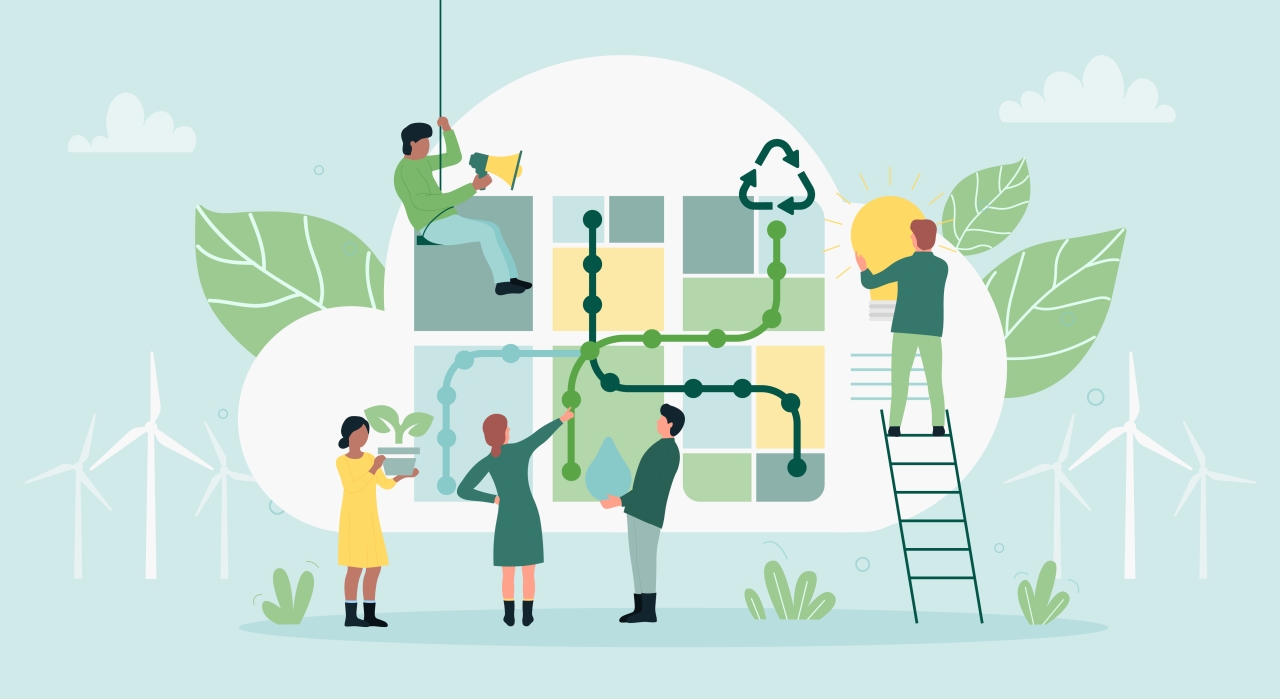In an economy increasingly shaped by environmental, social, and governance (ESG) factors, businesses are redefining success. While profitability remains a key focus, sustainability has evolved into a driver of long-term performance rather than a cost. Forward-thinking organizations now recognize that financial growth and environmental responsibility can coexist. These five insights explore how businesses are aligning these priorities to create enduring value.
Sustainability as a Strategic Growth Driver
Incorporating sustainability into business strategies offers a competitive advantage by mitigating risks, fostering innovation, and staying ahead of regulatory developments. Industries such as agriculture, energy, and manufacturing benefit from improved efficiency and enhanced brand reputation. By treating sustainability as a long-term investment, organizations can increase profitability, identify new revenue opportunities, and strengthen stakeholder trust. Brazil Potash Autazes serves as an example of how sustainability can drive both innovation and tangible impact, particularly in the agricultural sector. Brazil Potash has gained international recognition for its plan to reduce greenhouse gas emissions from potash imports by over 65%.
Operational Efficiency and Resource Optimization
Operational efficiency is fundamental to balancing profitability with sustainability. Practices such as reducing waste, minimizing energy consumption, and streamlining supply chains not only lower costs but also reduce environmental impact. Technologies like automation and renewable energy further enhance productivity while conserving resources, creating mutual benefits for businesses and the environment. PepsiCo’s former CEO, Indra Nooyi, demonstrated this approach through the “Performance with Purpose” initiative, which successfully reduced water usage, emissions, and waste while cutting costs and addressing environmental concerns.
Stakeholder Engagement and Transparency
Credibility in sustainability efforts relies on engaging key stakeholders, including investors, customers, regulators, and local communities. Businesses that communicate clear environmental goals, measurable progress, and social initiatives build trust and accountability. Today’s increasingly informed stakeholders expect profitability to align with responsible practices. Companies that maintain open dialogue and demonstrate meaningful progress are more likely to secure long-term investment and build public trust.
Innovative Product and Market Development
Sustainability often acts as a catalyst for innovation. Businesses that prioritize environmentally friendly designs and processes frequently uncover new markets or stand out in competitive industries. From low-carbon technologies to bio-based alternatives, global demand for sustainable solutions continues to grow. This approach does not compromise profitability; instead, it offers an opportunity to reduce environmental impact while gaining market advantage in sectors aligned with sustainable practices.
Long-Term Thinking and Responsible Governance
Striking a balance between profitability and sustainability requires a shift from short-term gains to long-term value creation. Corporate governance plays a pivotal role in achieving this balance. Leadership teams that integrate sustainability goals into performance metrics, capital allocation, and risk management frameworks demonstrate a commitment to responsible growth. Sustainable governance ensures that environmental and social considerations are embedded into operations rather than treated as secondary objectives. This long-term perspective enables resilience, adaptability, and enhanced reputation through varying economic conditions.
The balance between profitability and sustainability is redefining business success. Companies focusing on efficiency, innovation, transparency, and long-term thinking prove financial performance and environmental responsibility can go hand in hand. By aligning profit with purpose, these businesses are set to lead the future economy.



